If you have a garden, you know that there are many pests that can invade it and wreak havoc. One of the most troublesome of these pests is the stink bug. These bugs can cause serious damage to plants, and they are difficult to get rid of. In this article, we will discuss how to get rid of stink bugs in your garden using a variety of methods. We will also provide some tips on preventing them from invading your garden in the first place!
Stink Bugs and Their Behavior
In the spring, stink bugs will emerge from hiding and begin feeding on plants. They use their long beak to pierce the plant and suck out the juices. This feeding can damage plants, especially fruits and vegetables.

Stink bugs are difficult to control because they reproduce quickly. A female stink bug can lay up to 500 eggs at a time! And those eggs will hatch into nymphs that look just like their parents. So if you have a few stink bugs in your home, it’s only going to get worse unless you take action.
Stink bugs feed on a variety of plants, including fruits, vegetables, and flowers. While they don’t typically cause significant damage to plants, their feeding can stun growth and leave behind unsightly marks. [1] [2] [3]
How to Identify a Stink Bug
The first step to getting rid of stink bugs is identifying them. Stink bugs are brown or green, and they have shield-shaped bodies. They’re about 17 mm long and they have six legs. If you see a bug that looks like this, it’s probably a stink bug.
If you’re not sure whether or not the bug you’re looking at is a stink bug, there’s an easy way to tell. Just ask yourself: does this bug smell bad? If the answer is yes, then it’s definitely a stink bug!
These pests are called “stink bugs” because they release a foul odor when they’re disturbed. This smell is used to deter predators, so don’t be surprised if you notice a stink bug smells bad. The liquid they release can cause irritation and swelling if it comes into contact with your skin. [1] [2] [3]
Do Stink Bugs Cause Damage to Your Garden?
Still, stink bugs can cause damage to your garden. If you have a lot of them, they may congregate on your plants and suck out the juices, causing the plant to wilt or die.
Seedling damage
Stink bugs may also eat the flower buds, preventing the plant from blooming. If you are growing fruits or vegetables, stink bugs can pierce the skin and cause the fruit to rot. In severe cases, an infestation can destroy an entire crop.
Destruction to trees
Stink bugs can destroy trees. If the population is large enough, they can strip a tree of its leaves and bark, causing it to die.
Most stink bug damage occurs to fruits and vegetables in the garden. The bugs pierce the skin of the fruit or vegetable with their mouths and suck out the juices, leaving behind a withered, discolored shell. This damage ruins the fruit or vegetable for human consumption.
Blotches on leaves
Stink bugs can also cause blotches on leaves as they feed. These blemishes are often brown or black and can distort the shape of the leaf. In extreme cases, a plant may drop its leaves or produce fewer flowers or fruits.

Their smell
While they don’t carry disease, stink bugs can become a nuisance if they invade your home in large numbers. They release a foul-smelling odor when disturbed and can stain walls and fabrics with their excrement. If squashed, stink bugs will leave behind a yellowish liquid that can also stain surfaces. [1] [2] [3]
What Attracts Stink Bugs to Your Garden?
Stink bugs are attracted to your garden for the same reason you are – because it’s a source of food! These pests are especially fond of soft fruits and vegetables, such as tomatoes, peppers, and squash. They’re also known to feast on beans, peas, and corn. In other words, if you grow anything that would typically end up in a salad or stir fry, chances are good that stink bugs will find their way to your plants sooner or later.
But why do they have to be such pests? Surely there must be something else they can eat besides our precious veggies! Unfortunately, stink bugs don’t really have many other options when it comes to food sources. In the wild, they primarily feed on plant sap, which is why they’re such a nuisance to farmers and gardeners.
How to Get Rid of Stink Bugs in the Garden
Now that you know what stink bugs are and why they’re attracted to your garden, it’s time to learn how to get rid of them. As long as you take the right precautions, getting rid of stink bugs doesn’t have to be a difficult task.
Keep your garden clean
Make sure to harvest and pick up fruits and vegetables as soon as they’re ripe. Stink bugs are attracted to the smell of ripening fruit, so if you leave them lying around, you’ll just be inviting the bugs into your garden.
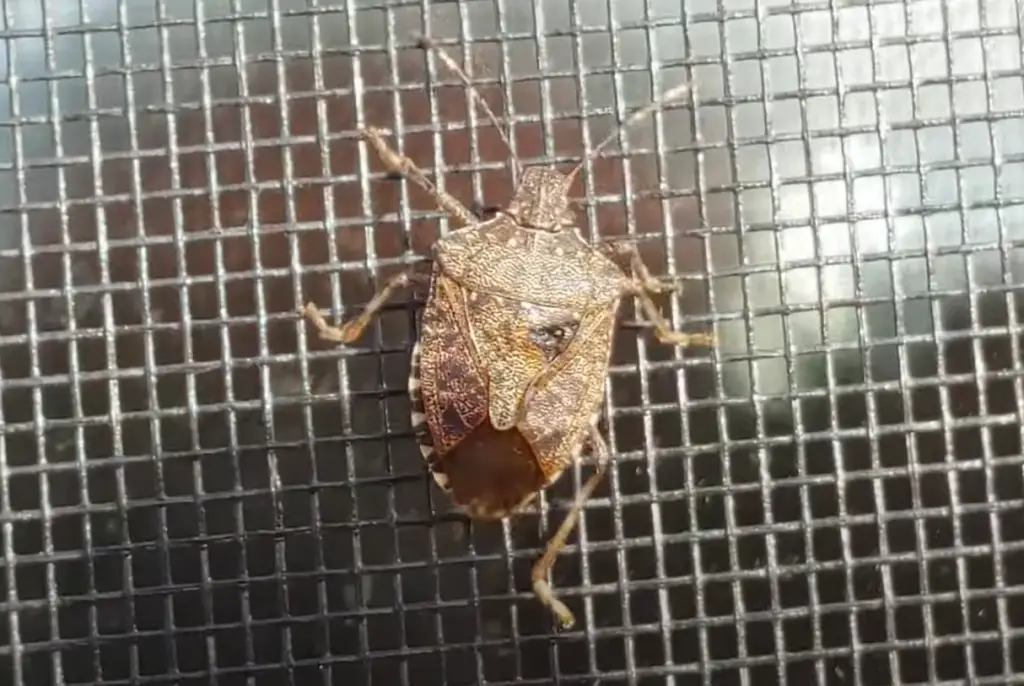
Another way to keep your garden clean is by using a bug vacuum. This is a device that sucks up stink bugs and other pests without harming them. You can then release the bugs into an area far away from your home or garden.
Pick them off manually
A cheap way to get rid of stink bugs is to simply pick them off your plants and dispose of them. This may seem like a lot of work, but it’s actually quite effective – especially if you catch the infestation early. You can also use a vacuum cleaner to suck up stink bugs from your plants. Just be sure to empty the vacuum bag into a sealed container so the bugs don’t escape.
There are some things to keep in mind with this method, however. First, make sure you’re wearing gloves when you handle stink bugs. They get their name for a reason – they can release a foul-smelling liquid as a defense mechanism. Second, be careful not to squish the bugs. This can also cause them to release their odor, and it can attract other stink bugs to your garden.
Inspect your plants regularly as stink bugs are most likely to be found on the underside of leaves. If you find any, simply pick them off and dispose of them. You can also use a vacuum cleaner to suck up stink bugs from your plants. Just be sure to empty the vacuum bag into a sealed container so the bugs don’t escape.
Check entry points
Stink bugs typically enter homes through small cracks and crevices. Inspect the exterior of your home for any potential entry points and seal them off with caulk or another type of sealant.
If you have any gaps in your doors, use weather-stripping or door sweeps to close them off. You can find these items at most hardware stores.
Another way to prevent stink bugs from entering your home is to keep an eye on any fruits or vegetables you bring inside. These pests are often hitchhikers and will gladly ride into your house on a delicious-looking apple or tomato. Inspect your product carefully before bringing it inside, and wash anything that looks like it might be infested.
Assess exterior lighting
Stink bugs are attracted to light, so by reducing the amount of light that’s emitted from your home, you can discourage them from hanging around.
To do this, start by replacing any traditional light bulbs with LED bulbs. LED bulbs emit less light than traditional bulbs, so they’re a good choice for reducing exterior lighting. You should also consider installing motion-activated lights, which will only turn on when someone or something enters the area. This will further reduce the amount of light that’s emitted from your property and make it less attractive to stink bugs (and other pests).
If you have any outdoor lights that you don’t use regularly, such as flood lights or security lights, consider unplugging them or removing them entirely. Any light that’s not being used doesn’t need to be there, so get rid of it to help reduce the stink bug population on your property.
Consider chemicals
If you’re dealing with a large infestation, you may need to resort to chemical control. There are a number of pesticides that are effective against stink bugs, but be sure to read the labels carefully before purchasing any products. Some pesticides can be harmful to people and animals if used improperly.
If you decide to go the chemical route, look for a product that contains pyrethrin or lambda-cyhalothrin as the active ingredient. These chemicals are specifically designed to kill insects, so they should do the trick when it comes to getting rid of stink bugs.
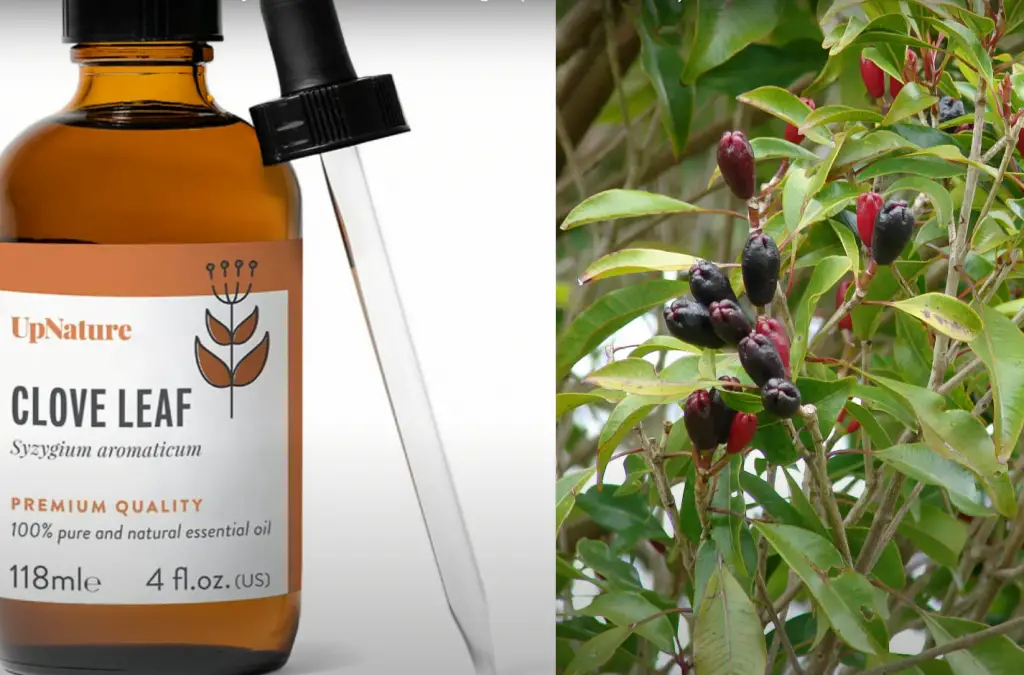
If you have bees in your garden, be sure to choose a pesticide that won’t harm them. Some products are specifically designed to be safe for bees, so look for one of those if you’re worried about harming these important pollinators.
Pesticides can be effective, but they should be used as a last resort. If you can find a way to get rid of stink bugs without resorting to chemicals, it’s always best to do that. Not only is it better for the environment, but it’s also safer for you and your family.
Soil building
Another way to make your garden less attractive to stink bugs is to build up the quality of your soil. This won’t directly kill any stink bugs that are already on your property, but it will make your garden a less inviting place for them to be. Stink bugs are attracted to gardens with weak or unhealthy plants, so making sure your plants are strong and vibrant is a good way to deter them.
You can improve the quality of your soil by adding organic matter, such as compost or mulch. This will help to improve drainage and aeration, both of which are important for healthy plant growth. It’s also a good idea to test your soil regularly to make sure it has the right pH level and nutrient content.
If you take these steps, you’ll not only deter stink bugs, but you’ll also end up with a healthier, more productive garden overall.
Place traps
An obvious way to get rid of stink bugs is to place traps around your garden. You can purchase commercial traps, or you can make your own by filling a container with soapy water. The soap will break the surface tension of the water, causing the bugs to drown when they try to land on the water’s surface.
You can also make a trap out of an empty soda bottle. Cut the top off the bottle and invert it so that it fits snugly over the bottom half. Tape the two pieces together, then poke a few small holes in the top part of the bottle. The bugs will be attracted to the sweet smell of the soda, but they won’t be able to get back out through the holes you’ve cut.
Another option is to place a piece of fruit, such as a ripe banana, in a container filled with soapy water. The stink bugs will be attracted to the fruit, but they’ll drown when they try to take a bite.
Sticky traps are also available commercially, or you can make your own by coating a sheet of cardboard with petroleum jelly or cooking oil. The bugs will get stuck in the trap and won’t be able to escape.
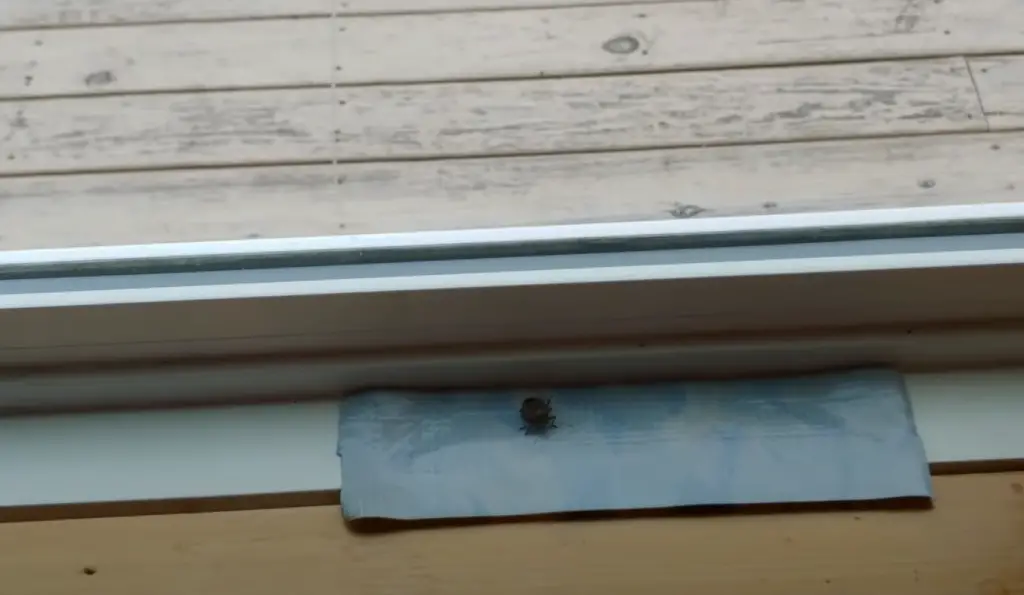
Whatever type of trap you choose, be sure to place it near the plants that stink bugs are targeting. You may need to experiment with different types of traps and locations before you find the combination that works best for your garden.
Introduce beneficial insects
A great method to get rid of stink bugs is to introduce beneficial insects into your garden. These are insects that prey on stink bugs and other pests, helping to keep their populations in check. Ladybugs, for example, are known for their ability to devour large numbers of aphids and other small pests. Lacewings and parasitic wasps can also be effective against stink bugs.
If you’re not sure which beneficial insect is right for your garden, ask a local nursery or extension office for advice.
Use row covers
If you’re trying to protect specific plants from stink bugs, you can use row covers. Row covers are pieces of fabric that you can lay over your plants to create a physical barrier between the bugs and the plants. They’re typically made from a lightweight material, such as polyester or nylon, which allows sunlight and water to pass through while keeping insects out.
Row covers are an especially good option if you’re dealing with a small number of stink bugs. They’re also a good choice if you want to protect delicate plants, such as flowers, that might be damaged by other control methods.
To use row covers, simply drape the fabric over your plants and secure it in place with stakes or rocks. Make sure the fabric is tight against the ground so that stink bugs can’t slip underneath. You should also leave a few inches of excess fabric on all sides so that you can tuck it under the soil to create an even tighter seal.
Row covers will need to be removed during pollination so that bees can access the flowers. Otherwise, you can leave them in place until your plants are no longer attractive to stink bugs.
Sprinkle kaolin clay
Kaolin clay is a powder that is derived from kaolinite, a type of aluminum silicate mineral. It is white in color and has a variety of uses, including as an ingredient in paper, ceramics, and cosmetics. It can also be used for gardening purposes, such as deterring pests and improving plant health.
Kaolin clay is non-toxic and safe for use around children and pets. It is important to note, however, that kaolin clay can interfere with the absorption of some pesticides and herbicides. If you plan on using pesticides or herbicides in your garden, be sure to test them on a small area first before applying them more broadly.
Use neem oil and insecticidal soaps
Finally, you can also use neem oil or insecticidal soaps to get rid of stink bugs. These products work by suffocating the bugs and interrupting their ability to feed. You can find them at most hardware stores or online.
To use neem oil, mix it with water according to the instructions on the bottle and spray it directly onto the stink bugs. Make sure to coat them completely for the best results. You may need to reapply every few days until the infestation is gone.
Insecticidal soaps work in a similar way, but they’re less likely to harm plants if you accidentally overspray them. Just be sure to read the label carefully before using any product in your garden.
Both neem oil and insecticidal soaps are safe for humans and animals, but they can be harmful to beneficial insects like bees, so use them sparingly. [4] [5]
FAQ
What kills stink bugs instantly?
There are a few things that can kill stink bugs instantly. One is to use a strong stream of water to spray them off of your plants. Another is to use an insecticide that is specifically designed to kill stink bugs. You can also try crushing them with your hands or using a vacuum cleaner to suck them up.
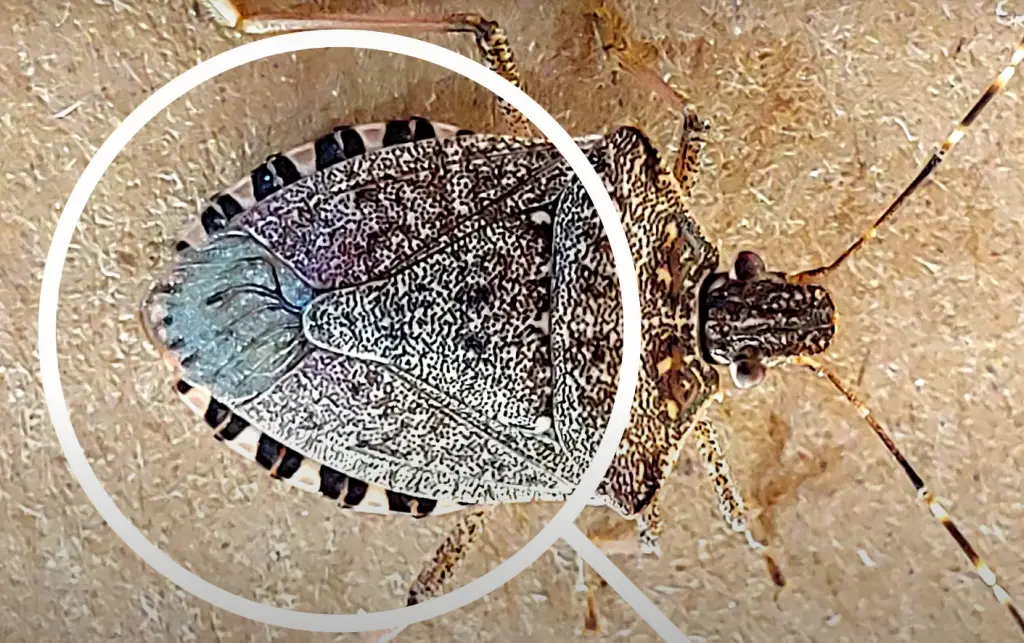
Are stink bugs dangerous to humans?
Stink bugs pose no real threat to humans. However, they can be a nuisance if they invade your home in large numbers. They emit a foul odor when crushed, which can be unpleasant.
What is a natural way to get rid of stink bugs?
There are a few natural ways to get rid of stink bugs. You can try using diatomaceous earth, which is a type of sedimentary rock that is abrasive. This can help to kill them by puncturing their exoskeletons. You can also try using neem oil, which is a vegetable oil derived from the neem tree. This works as a natural insecticide and can help to kill stink bugs. Finally, you can try using household items such as soapy water or vinegar. These can help to repel stink bugs and make them less likely to enter your home or garden.
What are stink bugs attracted to?
Stink bugs are attracted to various things including light, warmth, and certain smells. They are often found near gardens where they can feed on fruits and vegetables.
Stink bugs use their long beak to pierce the skin of plants and suck out the juices. This feeding method can damage fruits and vegetables, making them unappealing to consumers.
How do you get rid of stink bugs in the ground?
The best way to get rid of stink bugs in the ground is to remove their food source. This means removing any dead leaves or debris, as well as any potential hiding places like weeds or grass. You can also use a pesticide to kill them directly, but this should be a last resort. If you have a severe infestation, you may need to call in a professional exterminator.
Useful Video: How to Get Rid of Stink Bugs – The Grumpy Gardener
Conclusion
Stink bugs are not only a nuisance, but they can also be damaging to your plants. If you’re dealing with a stink bug infestation, there are a few different methods you can use to get rid of them. Try out a few of the methods listed above to see what works best for you and your garden.
Obviously, keeping your garden clean and free of debris is the best way to prevent stink bugs from taking up residence in the first place. But even if you have an existing infestation, there are many ways that homeowners can get rid of those pesky bugs. Some people may choose to hire an exterminator, while others may try do-it-yourself methods.
Either way, getting rid of stink bugs is important to protect your home and garden. Be it traps, pesticides, or simply removing them by hand, there are many ways to get the job done. Thanks for reading! We hope this guide was helpful. If you have any questions or suggestions, please feel free to leave a comment below. And remember, we’re always here to help!
References:
- https://www.orkin.com/pests/stink-bugs/stink-bugs-in-the-garden
- https://www.missouribotanicalgarden.org/gardens-gardening/your-garden/help-for-the-home-gardener/advice-tips-resources/pests-and-problems/insects/plant-bugs/stink-bugs
- https://www.planetnatural.com/pest-problem-solver/garden-pests/stink-bugs/
- https://www.gardeningknowhow.com/plant-problems/pests/insects/stink-bug-control.htm
- https://gardenerspath.com/how-to/disease-and-pests/get-rid-stink-bugs/





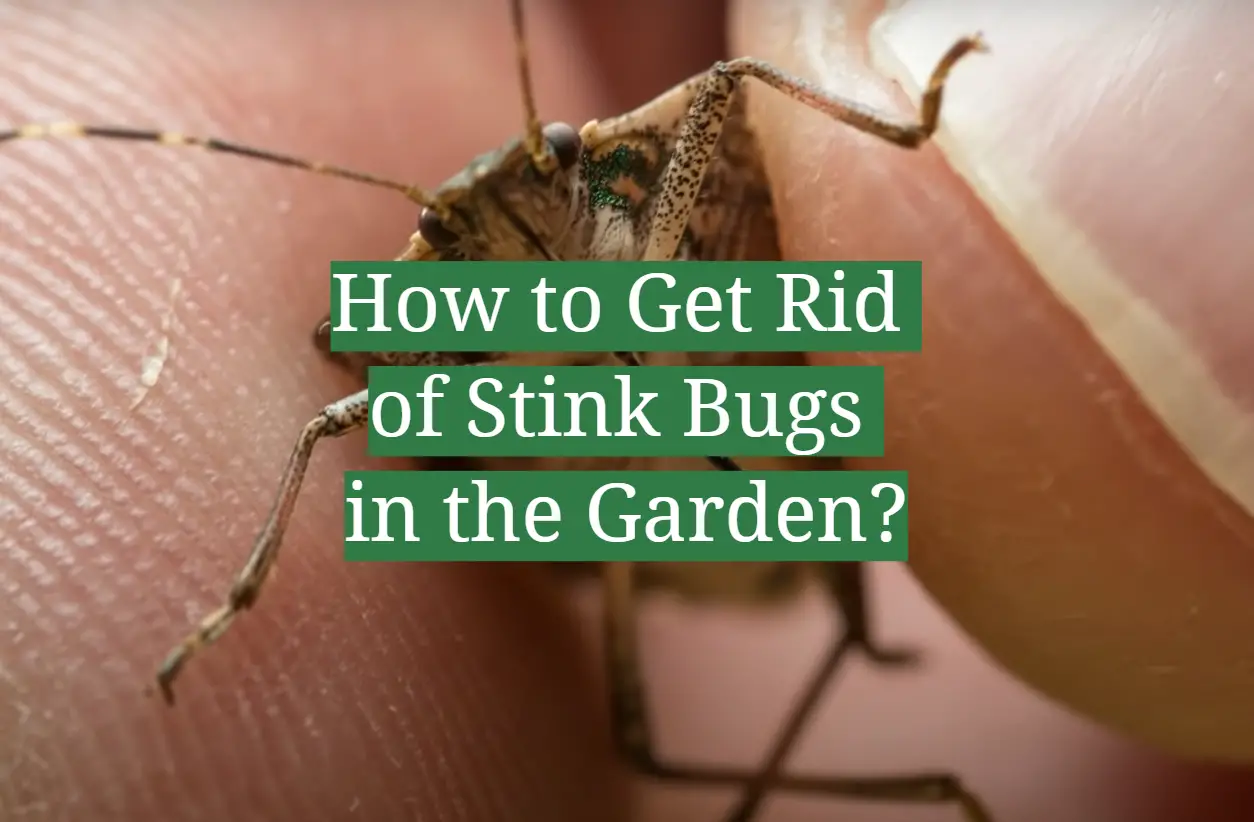
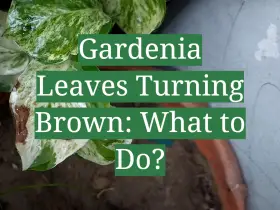
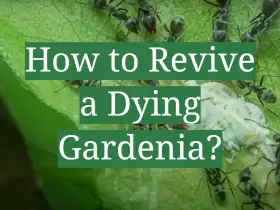

Leave a Reply
View Comments